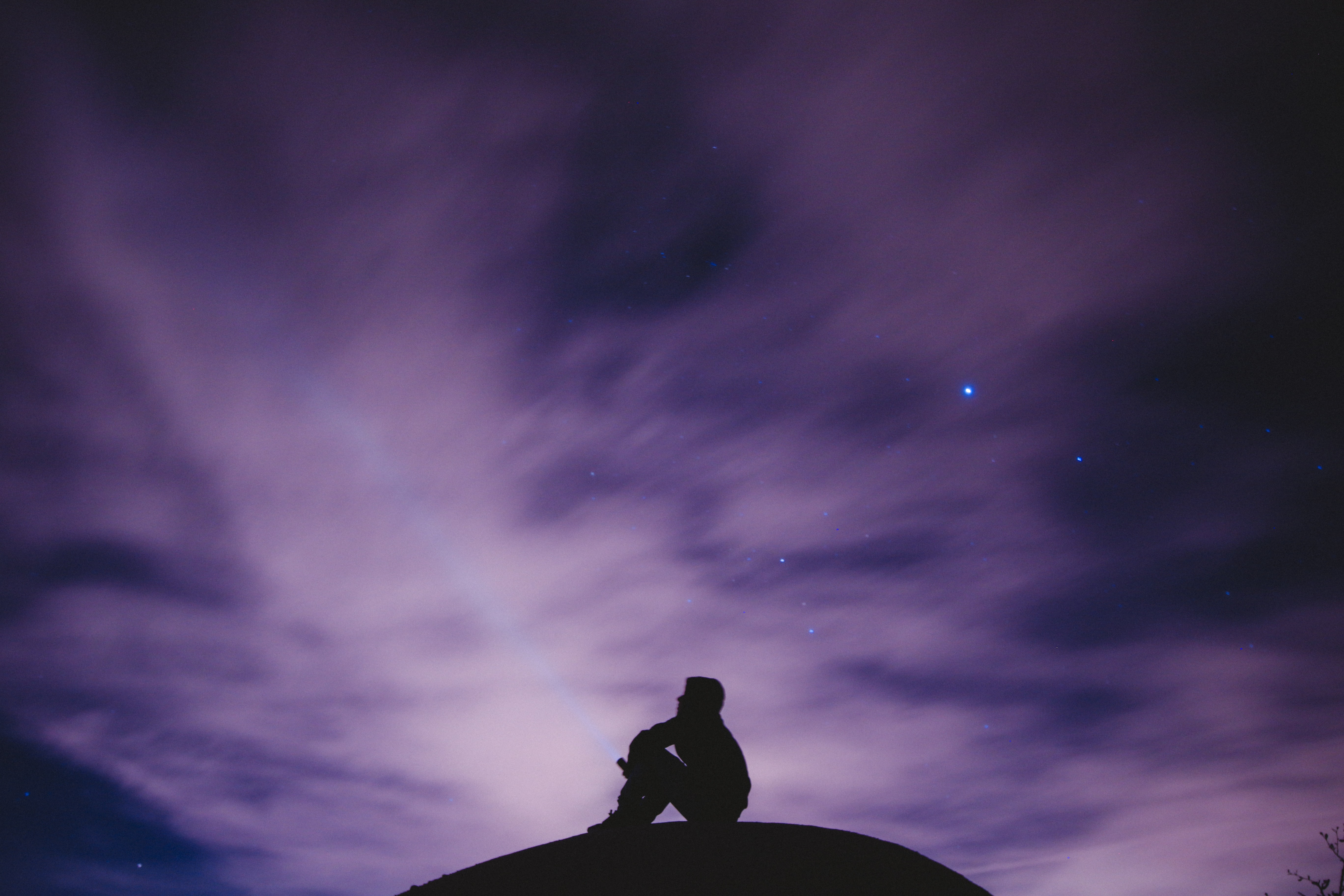Posthumanity: a way to transcend anthropocentrism
Elijah van Soldt
Throughout the years humans have sought to define themselves in all manner of ways, from being at the top of the food chain to being the species most fit to survive, to having the most complex brains to being highly evolved apes. I’m sure you’ll notice that most of those things have in common that we are always superior, always at the centre of something.
Indeed we have come to define ourselves as the centre of everything and anything. A global sense of anthropocentrism has us in such a vice grip that some of us have even begun to make the bizarre assumption we are alone in this vast universe. We see ourselves as special and separate from all that is not human: humanity, to us, is a unique privilege that transcends all that is non-human in any conceivable way. Some have dubbed this way of thinking Speciesism: discrimination based on species membership.
We often define that which is not human as ‘nature’ in a broad sense: civilisation is synonymous with human, nature is synonymous with non-human. This poignant arrogance and ignorance of our position within the world, specifically the arrogance of the Western (developed) countries, has led to mass destruction of human and nature alike. Environmental activist and scholar Vandana Shiva refers to this as phenomenon as eco-apartheid: the ecological separation of humans from nature in the mechanical, reductionist worldview which results in our present eco-crisis, threatening human survival.
This essay poses an argument for a post-human understanding of the world, one in which the false dualism of nature-culture or human-nature is understood as being non-existent. It argues instead that post-human thinking could allow us to transcend the shackles of anthropocentrism and move towards an interspecific understanding of the world. We are not separate from other creatures: we are other creatures. Humanity is not apart from nature so much as that it is a part of it. To paraphrase Donna Haraway: you cannot think of the world one species at a time.
What this means is that in all facets of life, humans must recognise themselves as relating to other species. Our houseplants are parts of our lives as much as we are part of theirs, and how often have we not dreamed of being able to transcend language barriers with our pets? We fail to recognise that in spite of not understanding either of these species through human language, that does not mean we do not have any understanding between us at all. We recognise plants’ many needs for food and water through knowledge of them, and our pets recognise parts of our emotional needs. Who doesn’t remember the time they felt sad and their dog, cat or budgie came to sit with them. Certainly not all pets relate to us in the same manner, but that is not to say that they do not at all.
By embracing all inclusive cyborgs, (IM)POSSIBLE BODIES argues that the cyborg is inherently post-human because it opens up a realm of possibilities for interspecific living. Cyborgs bring with them the opportunity to take a post-human perspective, one in which humanity is no longer the centre of the universe. This would allow us to see that these domains have become inseparable and are already part of each other in highly complex, intrinsic ways. Many of the artists participating in the (IM)POSSIBLE BODIES festival embrace this post-human perspective. Take, for example, Neil Harbisson, who had a cyborg antenna implanted into his head that allows him to hear and feel colour vibrations in his head, including colours that are invisible to the naked human eye. He has gone beyond human capability and has embodied the very essence of the post-human cyborg. Artist duo Pinar & Viola go one step further and question the very origins of our existence using datasets trained on bacteria, microorganism, reptiles, cosmos, evolution, Mars, satellites and deep sea creatures. Life, they argue, exists throughout the universe, so we must include ourselves in that universalist worldview.
Rather than striving for the perfect superhuman race known as transhumanism, why not opt for post-humanism instead? This would allow us to accept that the human form and existence is not unchangeable and only allowed to exist in configurations unto itself. It can, should and would allow for connections to other species and, in return, allow us to have a much clearer idea of what it truly means to be human.
